
Snake Catching Tools. Whether you are removing an unwanted guest from your home or collecting specimens for research in the field, there are several tools that can help you catch snakes safely. Some tools allow you to actively capture a snake without risk of getting bit. Others are passive traps that you can lay and periodically check from time to time. Snake catching tools can be purchased or constructed at home.
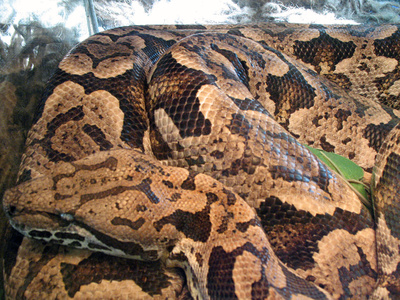
The snake hook is the basic snake catching tool used in conjunction with many other snake catching devices. Snake hooks come in a variety of lengths and designs, but they have the same basic element of a curved hook at the end of an extended pole. The purpose of a snake hook is to keep snakes that you are attempting to catch at a safe distance. A herpetologist can use a snake hook multiple ways. One of the most common is to lift the body of a snake off of the ground and transport it short distances safely. Some may also use the hook to gently pin the head of snake on the ground and then grab the tail. Then the hook is used to control the direction of the head. Snake hooks can be purchased or constructed at home using several different designs and materials.
Snake tongs allow for a more controlled means of capturing and transporting snakes. The forked tongs are located at the end of an extended pole and are controlled by a pistol grip. There are several styles of these tongs available that vary in length as well as shape of the tongs. While one of the best tools for restraining and controlling snakes, tongs should only be used by experienced snake handlers since gripping the tongs too strongly can transfer damaging pressure onto the snake's spine. Because of their ability to restrain as well as lift snakes, tongs are one of the safest tools for the manual removal of venomous snakes.
If you know of the presence of an unwanted snake but do not want to deal with removing the snake manually, there are several snake traps commercially available. Traps should be used only when you know that there is a unwanted snake present, not as a precautionary measure since other animals might become trapped as well. Snake traps are usually placed along walls or fences since snakes will usually follow these routes in order to stay out of the open. There are two primary designs of snake traps: glue boards and funnel traps. Glue boards have tacky materials attached to a open surface. When the snake slithers over the sticky material it gets stuck and can then be safely transferred. You can get snakes "unstuck" from the sticky material by pouring vegetable oil or spraying non-stick cooking spray over them. A funnel trap is usually placed outside a known den or hiding place of a snake. The snake will go into the funnel, take refuge in the dark trap and not be able to get out of the opening. Traps are a safe way to capture snakes without having to handle them.
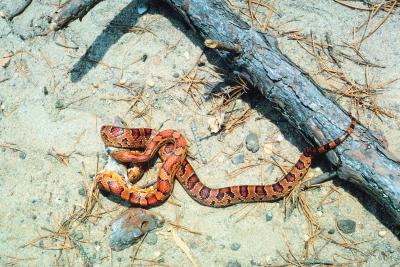 How to Tell if Corn Snakes Are Male or Female
How to Tell if Corn Snakes Are Male or Female
How to Tell if Corn Snakes Are Male or Female
How to Tell if Corn Snakes Are Male or Female
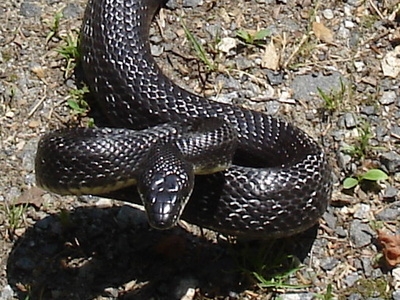 Black Snake Diet
Black Snake Diet
Black Snake Diet. Bla
Black Snake Diet
Black Snake Diet
Black Snake Diet. Bla
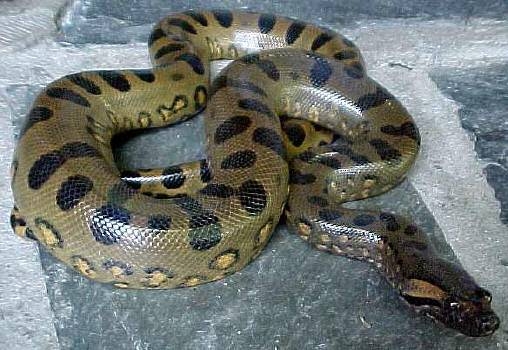 About the World's Heaviest Snake
About the World's Heaviest Snake
About the World's Heaviest Snake
About the World's Heaviest Snake
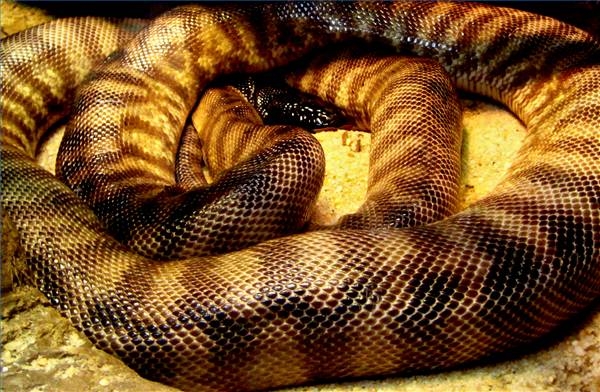 How to Set Up a Snake Aquarium
How to Set Up a Snake Aquarium
How to
How to Set Up a Snake Aquarium
How to Set Up a Snake Aquarium
How to
 How to Get a Snake Out of Hiding
How to Get a Snake Out of Hiding
How t
How to Get a Snake Out of Hiding
How to Get a Snake Out of Hiding
How t
Copyright © 2005-2016 Pet Information All Rights Reserved
Contact us: www162date@outlook.com